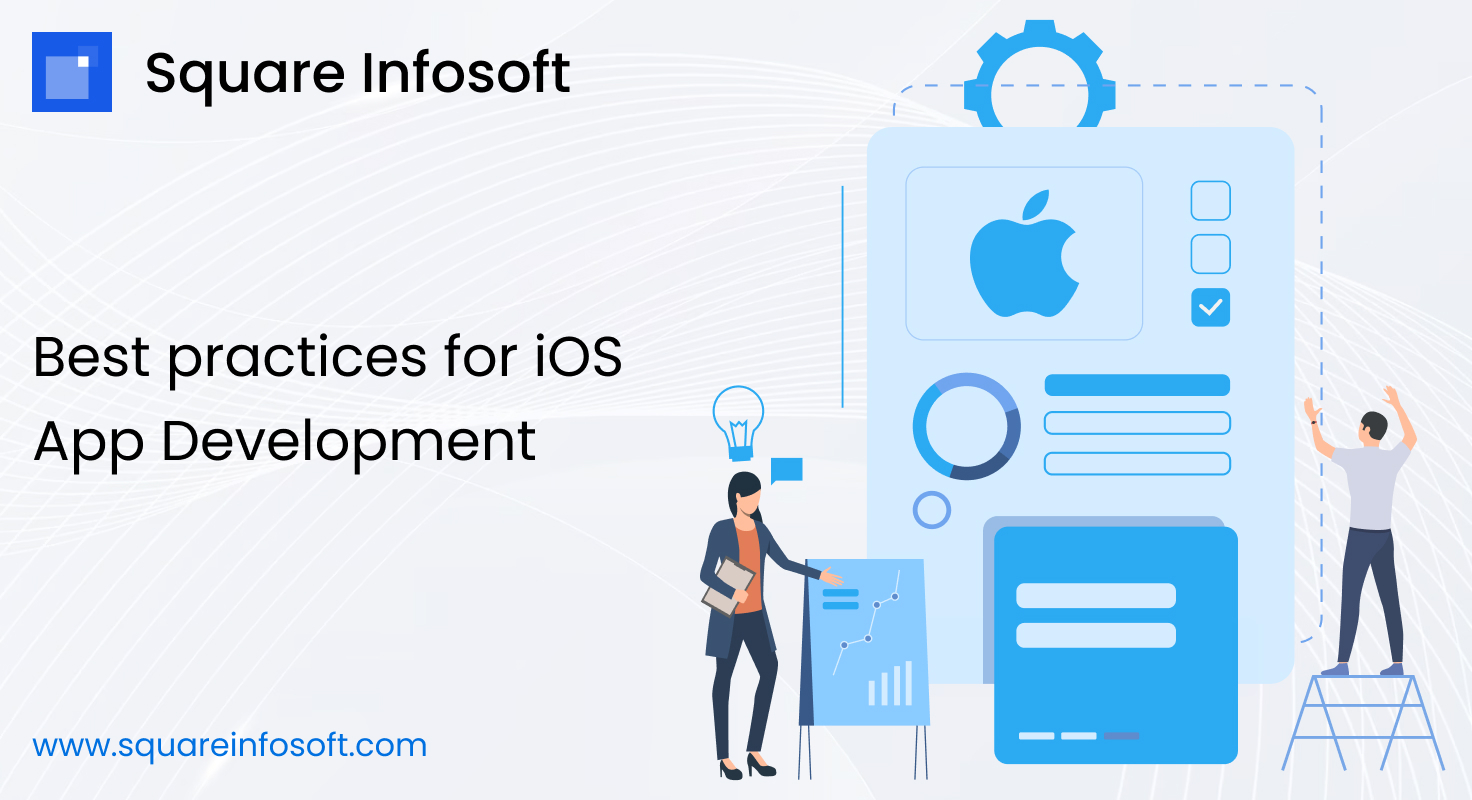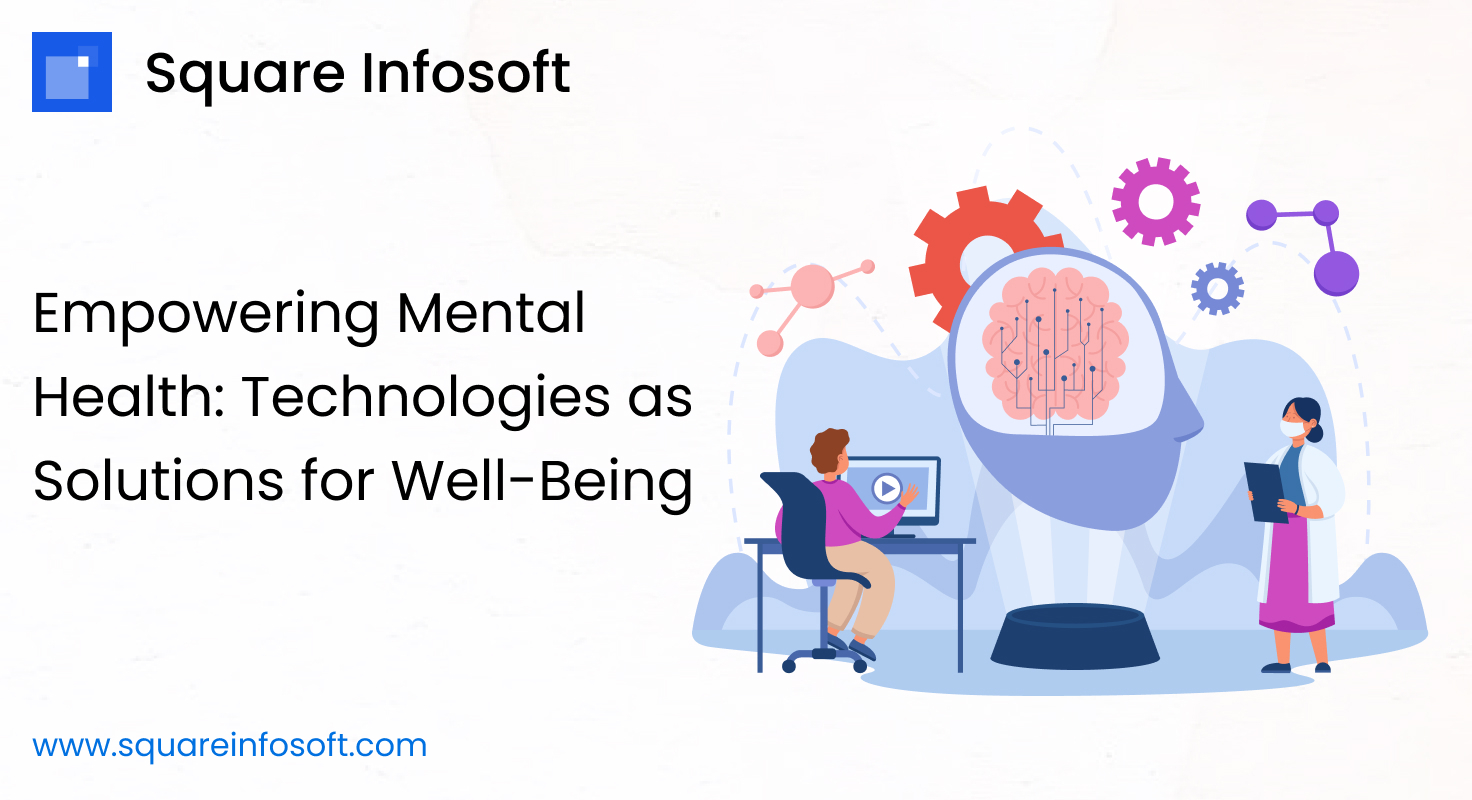When it comes to iOS app development, there are several best practices that can help ensure the quality, performance, and maintainability of your app. Here are some key practices to consider:
- Follow Apple’s Human Interface Guidelines: Apple provides comprehensive guidelines that outline the design principles and user experience expectations for iOS apps. Adhering to these guidelines will ensure that your app looks and feels like a native iOS app, providing a consistent and intuitive user experience.
- Plan your app architecture: Before diving into coding, take time to plan and design your app architecture. This includes deciding on the appropriate architectural pattern (such as MVC, MVVM, or VIPER) and organizing your codebase in a modular and maintainable way. This will make it easier to add features, fix bugs, and collaborate with other developers.
- Use version control: Utilize a version control system (such as Git) to track changes to your codebase. This allows you to revert to previous versions if needed, collaborate with other developers effectively, and maintain a clean and stable codebase.
- Write clean and readable code: Follow coding best practices, such as writing modular and reusable code, using meaningful variable and function names, and following proper code indentation and formatting. This will make your code easier to understand, debug, and maintain.
- Test your app thoroughly: Implement automated testing practices, such as unit tests, integration tests, and UI tests, to ensure that your app functions as expected and remains stable across different devices and iOS versions. Continuous integration and continuous deployment (CI/CD) tools can help automate the testing process.
- Optimize performance: Pay attention to performance optimization techniques, such as minimizing network requests, using caching mechanisms, lazy loading, and optimizing memory usage. This will result in a smoother and more responsive app experience for your users.
- Handle errors gracefully: Anticipate and handle potential errors and edge cases in your app. Provide informative error messages and implement proper error handling mechanisms to prevent crashes and unexpected behavior.
- Secure user data: Implement secure coding practices to protect sensitive user data. Use secure network communication protocols (such as HTTPS), encrypt sensitive data, and follow Apple’s guidelines for securely storing data on the device.
- Regularly update your app: Keep your app up to date with the latest iOS versions, frameworks, and security patches. Regularly release updates to address bugs, add new features, and improve performance.
- Gather user feedback and iterate: Actively seek feedback from users and use analytics tools to gather data on how users interact with your app. Continuously iterate and improve your app based on user feedback and usage patterns.
Remember, these are general best practices, and specific requirements may vary depending on the nature of your app. Always refer to Apple’s official documentation and stay updated with the latest iOS development guidelines and trends.




